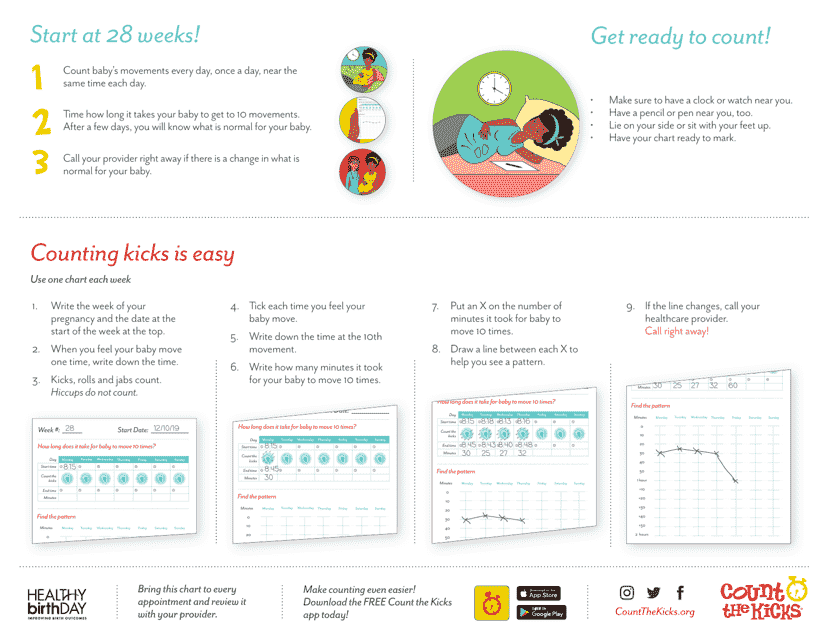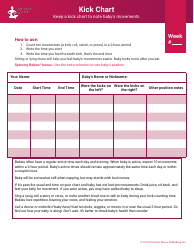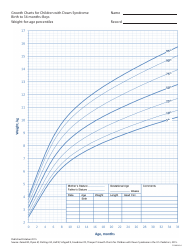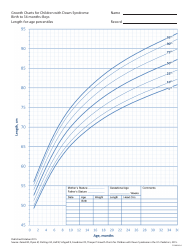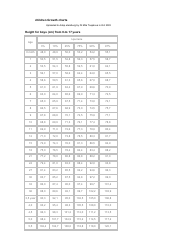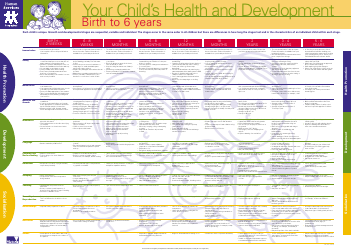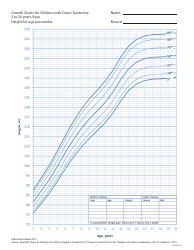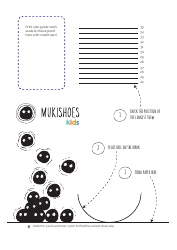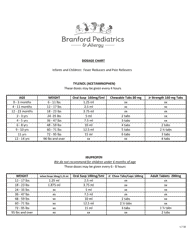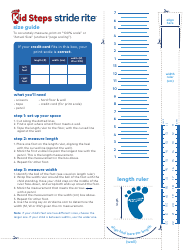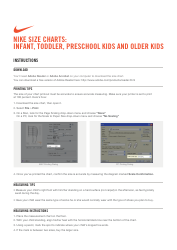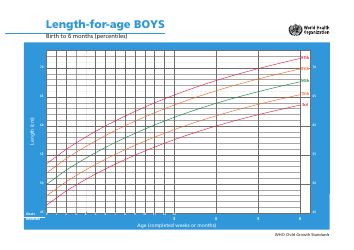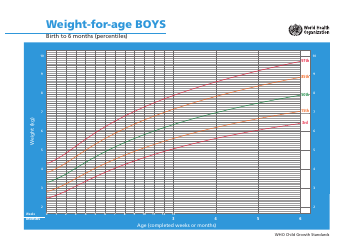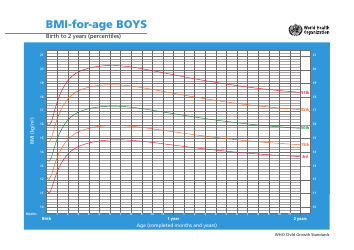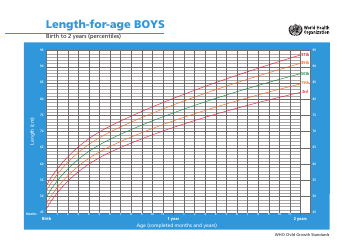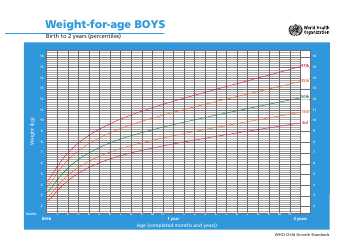Baby Kick Count Chart - Healthy Birth Day
The Baby Kick Count Chart - Healthy Birth Day is a tool used by expectant mothers to keep track of their baby's movements during pregnancy. It helps monitor the baby's well-being and ensures that they are active and healthy.
The pregnant mother or her healthcare provider usually files the Baby Kick Count Chart - Healthy Birth Day.
FAQ
Q: What is a baby kick count chart?
A: A baby kick count chart is a tool used to track the number of kicks a baby makes during a certain period of time.
Q: Why is it important to track baby kicks?
A: Tracking baby kicks is important as it can indicate the well-being and health of the baby.
Q: When should I start using a baby kick count chart?
A: You can start using a baby kick count chart around 28 weeks of pregnancy.
Q: How often should I track baby kicks?
A: It is generally recommended to track baby kicks every day at a consistent time.
Q: What is a normal range for baby kicks?
A: A normal range for baby kicks is typically 10 movements within 2 hours.
Q: What should I do if I notice a change in baby's kick count?
A: If you notice a decrease in baby's kick count or any significant change, it is important to consult your healthcare provider.
Q: Can other factors affect baby's kick count?
A: Yes, factors such as baby's sleep patterns, position, and activity level can affect baby's kick count.
Q: Are there any additional signs to look out for besides kick count?
A: In addition to kick count, you should also pay attention to other signs such as baby's overall movement, fetal hiccups, and the number of times baby wakes up in a day.
Q: Are there any risks associated with decreased fetal movement?
A: Decreased fetal movement can indicate potential issues, and it is important to seek medical attention if you notice any significant changes.
Q: Can I use a smartphone app or wearable device to track baby kicks?
A: Yes, there are several smartphone apps and wearable devices available that can help you track baby kicks.
